Susan Sontag
出生 : 1933-01-16, New York, New York
死亡 : 2004-12-28
略歴
Susan Sontag (January 16, 1933 – December 28, 2004) was an American essayist, literary and cultural theorist, icon, and political activist whose works include On Photography, Against Interpretation, The Way We Live Now, and Regarding the Pain of Others.
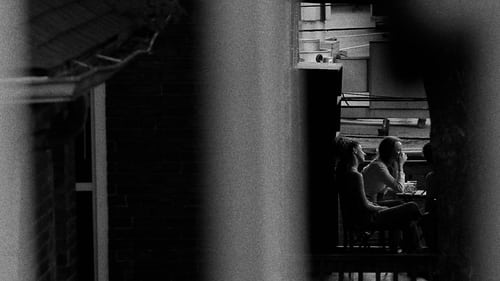
Woman Talking
A Woman Watches People.

Herself (voice)
"Symphony of the Invisible" is a reflection on creation and how through art, poetry and images you can break the limits that have been imposed on language and life itself.
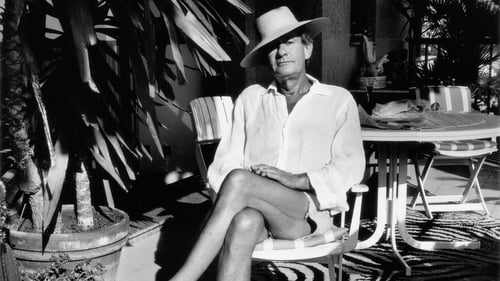
Self (archive footage)
Women were clearly at the core of legendary photographer Helmut Newton's work. The stars of his iconic portraits and fashion editorials – from Catherine Deneuve to Grace Jones, Charlotte Rampling to Isabella Rossellini – finally give their own interpretation of the life and work of this controversial genius. A portrait by the portrayed. Provocative, unconventional, subversive, his depiction of women still sparks the question: were they subjects or objects?

Herself (archive footage)
An intimate study of one of the most influential and provocative thinkers of the 20th century tracking feminist icon Susan Sontag’s seminal, life-changing moments through archival materials, accounts from friends, family, colleagues, and lovers, as well as her own words, as read by Patricia Clarkson.
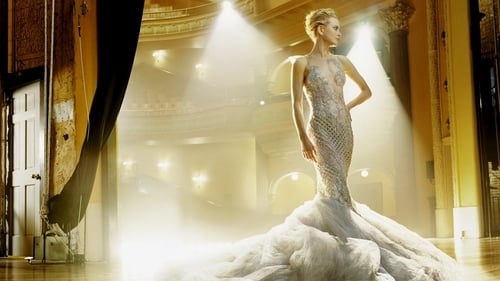
Self (archive footage)
An account of the professional and personal life of renowned American photographer Annie Leibovitz, from her early artistic endeavors to her international success as a photojournalist, war reporter, and pop culture chronicler.

"The Great Magician" - A portrait of Frans Zwartjes (1927-2017), sometimes called 'the most important experimental filmmaker of his time' by the American essayist Susan Sontag.

Director
A documentary about Susan Sontag staging Waiting For Godot in Bosnia.

Herself
This is a 1991 documentary film about the legendary artist and filmmaker, Joseph Cornell, who made those magnificent and strange collage boxes. He was also one of our great experimental filmmakers and once apparently made Salvador Dali extremely jealous at a screening of his masterpiece, Rose Hobart. In this film we get to hear people like Susan Sontag, Stan Brakhage, and Tony Curtis talk about their friendships with the artist. It turns out that Curtis was quite a collector and he seemed to have a very deep understanding of what Cornell was doing in his work.

Director
Television essay on the work of choreographer Pina Bausch, presented by Susan Sontag.

Television essay on the work of choreographer Pina Bausch, presented by Susan Sontag.

Self - Writer
The story of the persecution of homosexuals and intellectuals in Cuba under Fidel Castro's dictatorship, from the beginning of the Cuban Revolution (1953-59) until the early 1980s. Interviews with relevant personalities of Cuban culture who suffered persecution demonstrate that concentration camps for gays existed in Cuba.
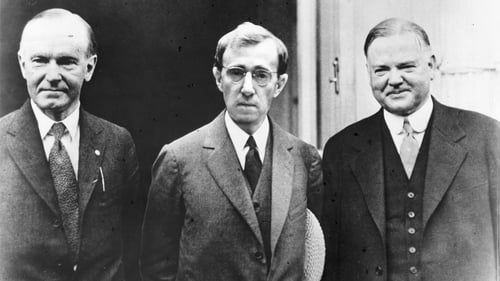
Susan Sontag - Contemporary Interviews
1920年代のニューヨーク。自分のいる環境によってさまざまな人種に変身してしまう不思議なユダヤ人ゼリグが精神病院に収監された。マスコミの寵児となったゼリグだったが、やがて変身した時の罪に問われ失踪してしまい……。

Writer
Also known as “Letter from Venice,” Susan Sontag’s fourth and final film tells of a relationship that is fragmenting as the partners tour the decaying ruins of a hallucinatory Venice.

Director
Also known as “Letter from Venice,” Susan Sontag’s fourth and final film tells of a relationship that is fragmenting as the partners tour the decaying ruins of a hallucinatory Venice.

Herself (uncredited)
Norman Mailer and a panel of feminists — Jacqueline Ceballos, Germaine Greer, Jill Johnston, and Diana Trilling — debate the issue of Women's Liberation.

Writer
Susan Sontag scrutinizes the ongoing Arab-Israeli conflict and the growing divisions within Jewish thought over the question of Palestinian sovereignty. Shot in Israel during the final days of the Yom Kippur War. Promised Lands is less straight documentary than visual collage. There are images of combat zones and soldiers, but also everyday street life, desert landscapes, funerals, supermarkets, the Wailing Wall. The soundtrack is snatches of radio, bursts of church bells and gunfire, and an extended voiceover from two politically opposed Israeli thinkers.

Susan Sontag scrutinizes the ongoing Arab-Israeli conflict and the growing divisions within Jewish thought over the question of Palestinian sovereignty. Shot in Israel during the final days of the Yom Kippur War. Promised Lands is less straight documentary than visual collage. There are images of combat zones and soldiers, but also everyday street life, desert landscapes, funerals, supermarkets, the Wailing Wall. The soundtrack is snatches of radio, bursts of church bells and gunfire, and an extended voiceover from two politically opposed Israeli thinkers.

Director
Susan Sontag scrutinizes the ongoing Arab-Israeli conflict and the growing divisions within Jewish thought over the question of Palestinian sovereignty. Shot in Israel during the final days of the Yom Kippur War. Promised Lands is less straight documentary than visual collage. There are images of combat zones and soldiers, but also everyday street life, desert landscapes, funerals, supermarkets, the Wailing Wall. The soundtrack is snatches of radio, bursts of church bells and gunfire, and an extended voiceover from two politically opposed Israeli thinkers.

Writer
Two women, Karen (theatre director) and Lena, visit an island, a Swedish resort, where Lena's ex-husband, Martin (choreographer), lives in comparative seclusion with a mentally disturbed ballet dancer named Carl. Carl is brother by guilt rather than blood, for Martin is somehow responsible for his breakdown.

Director
Two women, Karen (theatre director) and Lena, visit an island, a Swedish resort, where Lena's ex-husband, Martin (choreographer), lives in comparative seclusion with a mentally disturbed ballet dancer named Carl. Carl is brother by guilt rather than blood, for Martin is somehow responsible for his breakdown.

Writer
Arthur, a university professor, and former political activist, lives in France with Francesca. They decide to hire a young man in order to help the teacher organize his notes. The employee leaves his girlfriend Ingrid and moves in with the couple.

Director
Arthur, a university professor, and former political activist, lives in France with Francesca. They decide to hire a young man in order to help the teacher organize his notes. The employee leaves his girlfriend Ingrid and moves in with the couple.
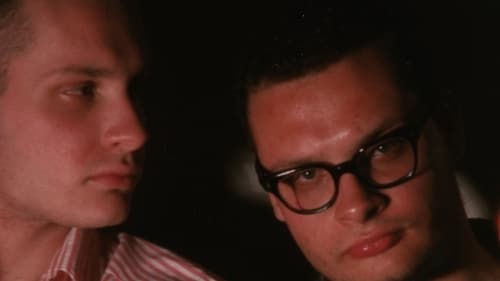
Herself
In March and April of 1966, Markopoulos created this filmic portrait of writers and artists from his New York circle, including Parker Tyler, W. H. Auden, Jasper Johns, Susan Sontag, Storm De Hirsch, Jonas Mekas, Allen Ginsberg, and George and Mike Kuchar, most observed in their homes or studios. Filmed in vibrant color, Galaxie pulses with life. It is a masterpiece of in-camera composition and editing, and stands as a vibrant response to Andy Warhol's contemporary Screen Tests.

Self
The films were made between 1964 and 1966 at Warhol's Factory studio in New York City. Subjects were captured in stark relief by a strong key light, and filmed by Warhol with his stationary 16mm Bolex camera on silent, black and white, 100-foot rolls of film at 24 frames per second. The resulting two-and-a-half-minute film reels were then screened in 'slow motion' at 16 frames per second.









